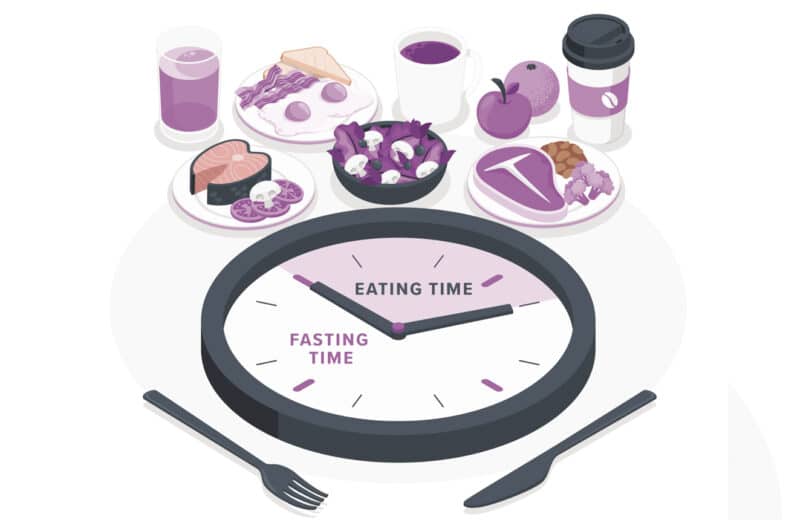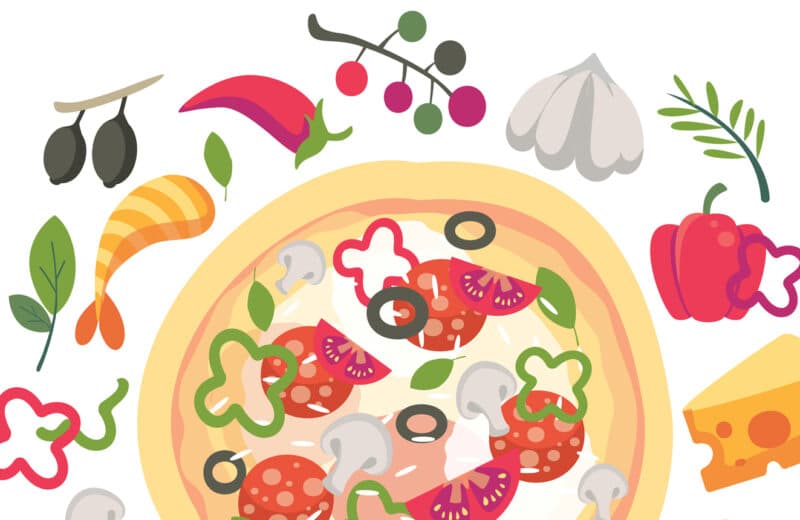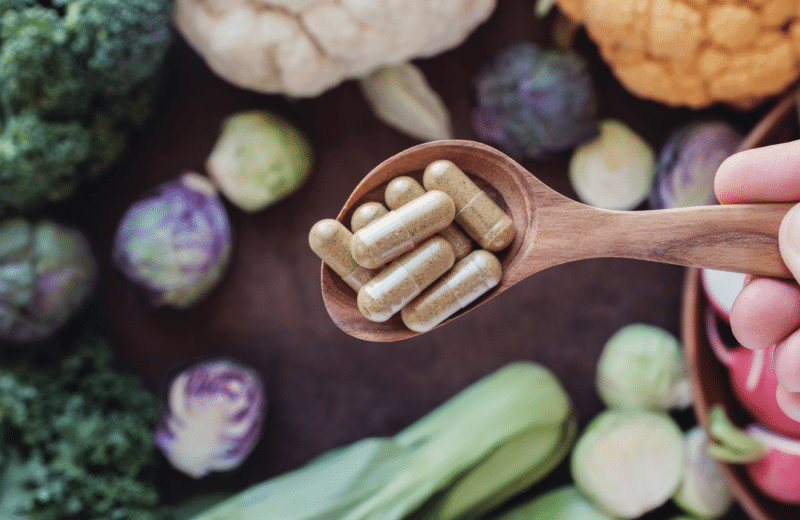Healthy eating can often seem complicated. It’s easy to get overwhelmed by the sheer volume of foods available in grocery stores, or to wonder exactly what a portion size looks like. Don’t let yourself get overwhelmed; these simple suggestions can help ensure you’re eating a nutritious, good-for-you meal every time you fill up your plate.
Divide your plate.
Fill half your plate with vegetables and fruits; divide the other half between a healthy grain and lean protein. This simple visual works no matter what size plate you’re eating off of (though a smaller plate can help you keep your overall portions in check).
Go for whole grains.
Good whole-grain options include brown rice, quinoa and whole-grain bread. One portion (about 80 calories) equals 1/2 cup or a 1-oz. slice of bread. Starchy vegetables, such as potatoes and corn, count toward the grain part of your plate.
Choose lean protein.
Opt for sources such as chicken, fish, lean beef or pork, and tofu. A healthy portion is a 3-oz. serving of meat/poultry or a 4-oz. serving of fish (about 150 calories). For beans, 3/4 cup = 3 oz.
Fit fruit in.
Aim for the equivalent of 2 cups daily. Consider a “cup” equivalent as 1 cup fresh, 1 cup juice or 1/2 cup dried. You get the biggest nutritional bang for your caloric buck by choosing whole fresh fruits (about 60 calories per cup).
Eat more veggies.
Adding a green salad to your meal will help you fit in the 2 1/2 cups of vegetables recommended daily for most adults. (A “cup equivalent” of salad greens or raw greens is 2 cups; for other vegetables, such as broccoli florets, carrots or green beans, it’s 1 cup — cooked or raw.)
Have a little healthy fat.
Drizzle, don’t dump, dressing — just a tablespoon or two. Good to know: 1 teaspoon of oil (e.g., olive, canola) and 1 tablespoon of light salad dressing both contain about 45 calories.
Sip smart.
Drinking 6 to 8 glasses of water — tap, mineral or sparkling — daily will help you meet your fluid needs without adding extra calories. Trade out water for 1 or 2 glasses of nonfat milk for added protein and calcium; just be sure to account for calories (90 calories per cup).
Know your portion sizes.
Memorize this handy guide to help you estimate portions:
1 teaspoon = tip of your thumb (to the middle joint)
1 tablespoon = your whole thumb
1 cup = your fist
3 ounces meat = palm of your hand
(EatingWell is a magazine and website devoted to healthy eating as a way of life. Online at www.eatingwell.com.)
(c) 2017 MEREDITH CORPORATION. DISTRIBUTED BY TRIBUNE CONTENT AGENCY, LLC.












